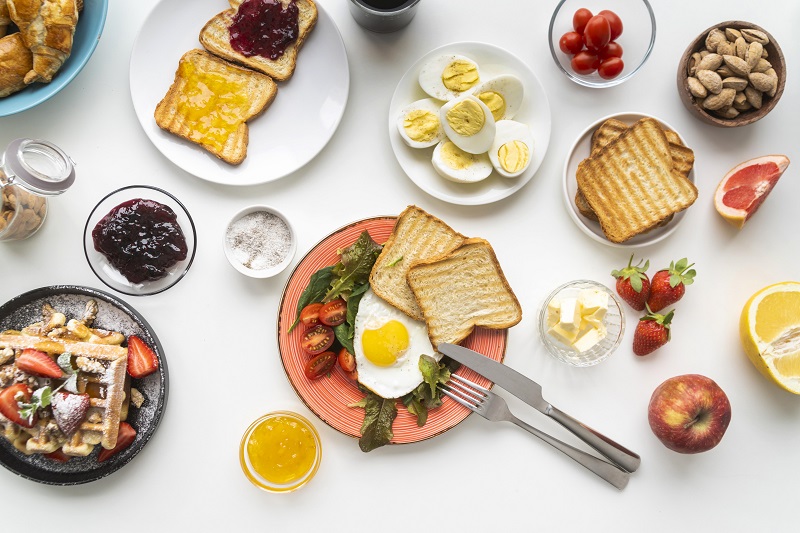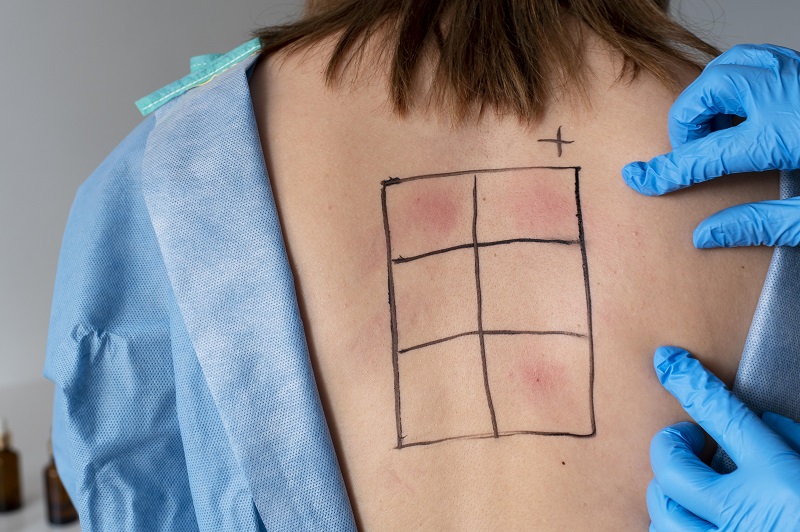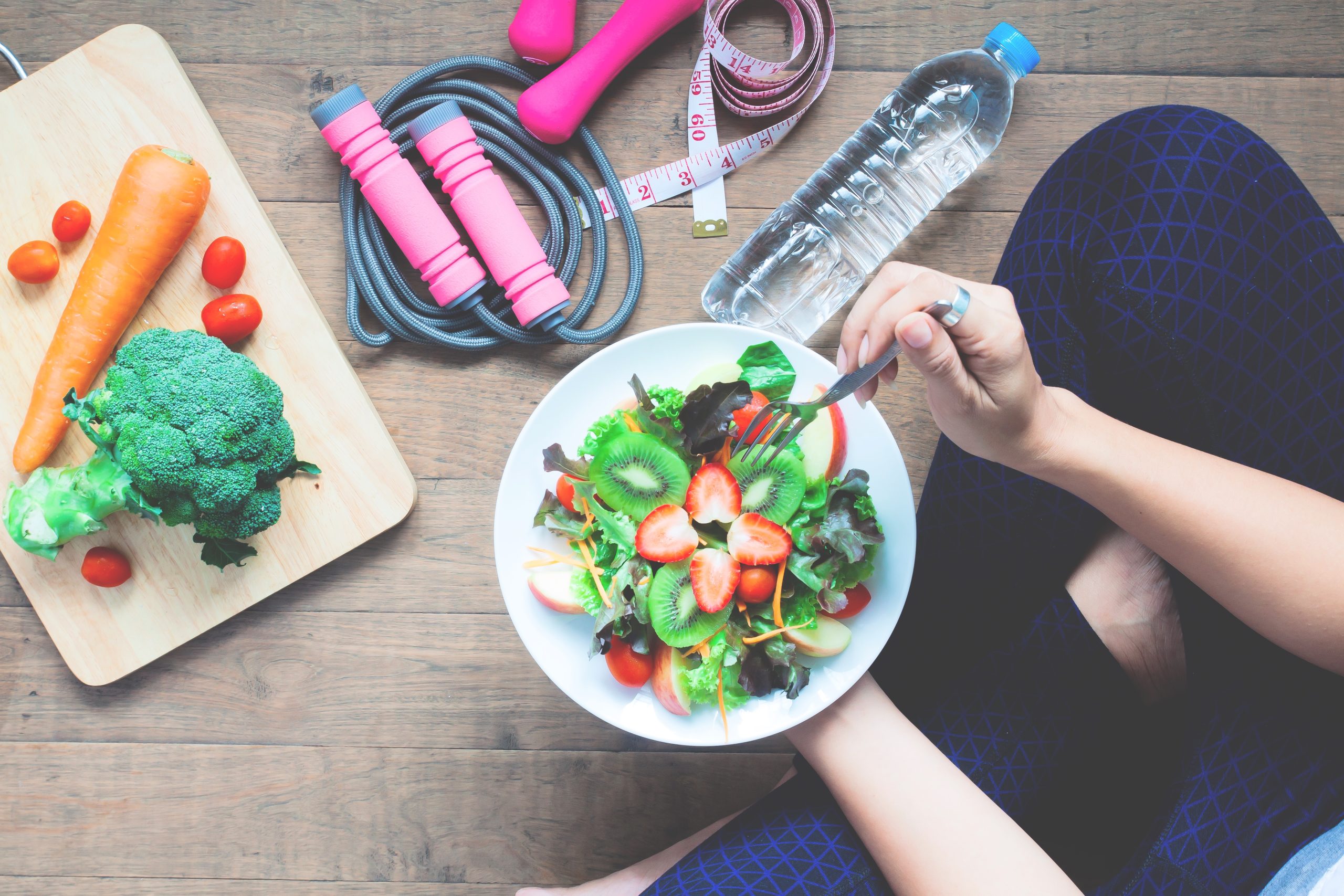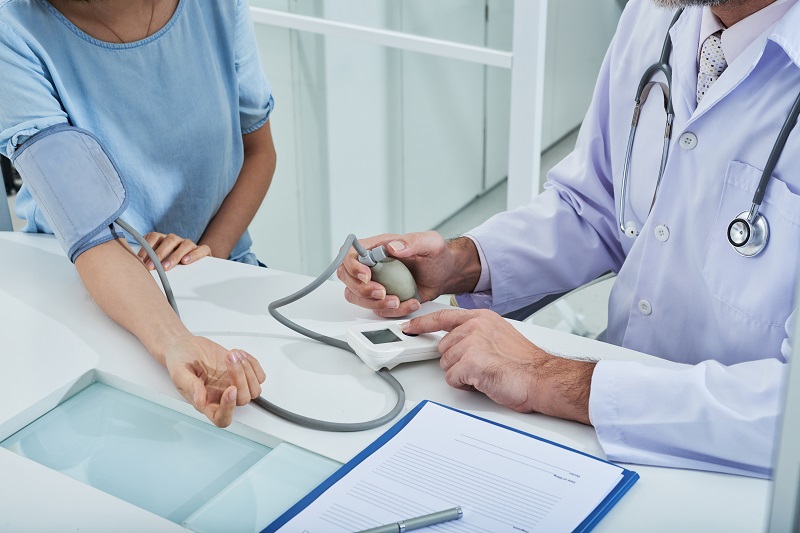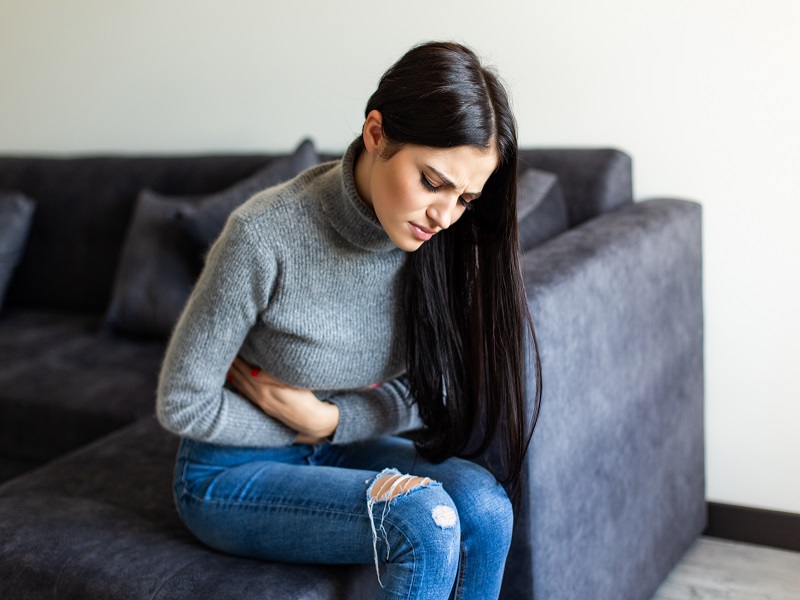The BuyT Desk
You may feel like a changed person when you are nearing your menses. You may experience physical discomfort like acne, pain in the back, abdomen, legs, bloating, and swelling in your hands or feet. Also, you may experience mood swings, depression, irritability or anxiety, and reduced libido. There is a name for all this – Premenstrual Syndrome (PMS). These are physical and emotional symptoms that start a week or so before your period start.
No one knows the exact reason for its occurrence. It is likely linked to the hormonal imbalance that happens during the second half of the monthly cycle. About 75% of women experience some symptoms of PMS. So if you have got PMS, one thing is needless to say – you’re not alone! Although not every woman gets them, PMS symptoms can last through your monthly cycle, too. Your symptoms may be worse for some months and better for others.
Common home remedies
There are certain age-old home remedies to alleviate PMS symptoms. As clinicians use the hot compress for treating pain in any condition, similarly you can use it on the body areas of concern to soothe the pain. When the body needs it, give it ample rest. In days up to your periods, keep your mind stress-free and take adequate hours of restful sleep. A healthy and balanced diet and regular exercise is a one-stop solution for all health conditions. The same is a useful fix for PMS symptoms. Continue exercising during periods and modify your diet to incorporate useful herbs and minerals. Here, we discuss foods that can soothe physical and emotional troubles related to your monthly.
Consult a doctor if required
However, before we begin – a word of advice. Some women may face severe PMS symptoms that can hamper daily routine. In such cases, consultation with a doctor is best. There are two severe PMS-related conditions:
-
Premenstrual Dysphonic Disorder (PMDD): It is an acute form of PMS. Common symptoms include annoyance, impatience, depression, and internal tension that are severe enough to interfere with daily activities.
-
Premenstrual exacerbation: At times, symptoms of an existing condition, such as bipolar illness, become worse in the weeks or days leading up to your monthly.
Maintain a menstrual diary
For diagnosis, the doctor will ask you to keep track of your symptoms on a calendar. If your symptoms follow an equivalent pattern monthly, you may have PMS. The doctor may want to observe you and do some tests to rule out other possible problems. He may discuss your eating and exercise habits, daily work routine, and your family. Maintaining a menstrual diary for at least two menstrual cycles is a helpful diagnostic tool for PMS. It can assist you to better cope with PMS symptoms. You can track your monthly cycle and symptoms using a mobile app (Period-Tracking-App) on your phone. Look for one that allows you to add your signs. Make a list of the symptoms you experience, such as low feel, irritation, lack of interest, or poor sleep.
Modify your diet
The first step towards managing PMS symptoms is to change your diet suitably. Eat small portions for ease of digestion. Less salt intake can reduce bloating. For sugar craving, reach out to fruits like strawberries. Avoid carbonated beverages, caffeine, and fatty foods. Such foods can affect your mood. Generally, if you have a habit of eating a nutritious diet daily, the symptoms will not be severe.
Foods that are beneficial during PMS
Calcium: Clinical investigations have found that calcium can help with PMS-related feelings of sadness, irritability, concentration, and even physical symptoms like bloating and tiredness. This does not imply that you start taking a pill to increase the calcium levels in the body. Resort to a supplement pill if the doctor advises. Else add calcium-rich foods, like milk, curd, cheese, and orange juice, to your diet for achieving optimal calcium levels in the body.
Boron: Menstrual cramps can be controlled with boron intake. It helps in the proper absorption of calcium and phosphorus. Examples of foods rich in boron are avocado, peanut butter, prunes, bananas, and chickpeas.
Magnesium: This mineral is known to soothe menstrual cramps and pain. It relaxes the muscles of the uterus and decreases the release of prostaglandins that cause pain. It is most beneficial in combination with Vitamin B6. Foods rich in magnesium are green leafy vegetables, pumpkin seeds and nuts (almonds, walnuts, and peanuts).
Vitamin B6: This water-soluble vitamin is essential for the production of neurotransmitters. Thus, it plays a role in mood-related PMS symptoms. Chickpeas, starchy vegetables like potatoes, brown rice, and fish are rich in vitamin B6. Food may supply only a limited level of vitamin B6, thus, you may take a supplement after consulting with a doctor.
Evening Primrose Oil: This essential oil, containing gamma-linoleic acid, can provide prolonged relief from PMS symptoms. Some women have an improvement in breast tenderness after the use of this essential oil. Consult a doctor or use the manufacturer’s advice about the dose of evening primrose oil supplement. It is best to start the use with the minimum dose.
Seeds: Consuming carom seeds with jaggery can induce periods, and thus, reduce menstrual pain. Flaxseeds, rich in omega-3 fatty acids, are well-known for their antioxidant property. They can help with the inflammation during PMS. Intake of fennel seeds also provides relief from PMS symptoms.
Herbs: Make chamomile and ginger tea your best buddies during the monthly. Chamomile takes away stress and can also relieve menstrual cramps. Ginger can generate pain relief equivalent to ibuprofen tablet. Cinnamon, turmeric, dill, and French maritime pine bark extract are some other herbs that help with the PMS symptoms, especially the pain.
A nutritious diet supplemented with the above-mentioned minerals and herbs can go a long way in supporting you during the tough time of menstruation.


